The Seven Deadly Sins of the Current Monetary and Financial System That Will Cause Its Collapse
Evolve or be extinct.

Established de facto by Richard Nixon in August 1971, the current monetary and financial system is exposing its flaws with the economic crisis into which the coronavirus pandemic has plunged us.
People who have made the effort to educate themselves about money and economics have long understood that the experiment of the current system is going wrong.
The disastrous consequences of the limitations of the current system are being felt at all levels: the printing of endless amounts of fiat money, the explosion of public and private debts, the increase in income inequality to record levels, increasingly frequent banking crises, economic crises that are following on from one another with ever greater magnitude, …
The list is so long that I would have to write a book to detail all these consequences.
Instead, I propose you to focus on the seven deadly sins of the current monetary and financial system that will sooner or later cause its collapse. Of course, an evolution of this system is still possible. Nevertheless, the people who run it do not seem to have any intention of changing the current system to make it better.
Its extinction, therefore, seems inevitable.
1. Infinite monetary inflation
At the end of the Second World War, the Bretton Woods agreements laid out the broad outlines of the international financial system that was put in place from 1944 onwards.
The world monetary and financial system was then organized around the U.S. dollar, but with a nominal peg to gold.
If the U.S. dollar was the world’s reserve currency, the system was based on something tangible: gold. During this period, which lasted from 1944 to 1971, income inequality decreased before stabilizing. On the other hand, there was no banking crisis for almost 30 years.
This gold standard system had thus allowed a real stabilization of the world economy.
Then, in August 1971, Richard Nixon decided to put an end to the Bretton Woods system. His unilateral decision was meant to be temporary, but it finally became final.
The Jamaica Accords in January 1976 legalized the monetary and financial system as you know it today. The monetary system of fixed but adjustable parities was definitively abandoned. These accords officially confirm the abandonment of the international legal role of gold.
The system of floating exchange rates is legalized.
Since August 1971, central banks have the full power of monetary creation. Thus, a minority of unrepresentative people can print as much fiat money as they wish.
This is the first cardinal sin of the current system which the Fed and other central banks constantly abuse. This can be easily observed by looking at the evolution of the circulating money supply of the U.S. dollar:
The increase in the M2 Money Stock has even accelerated sharply since the 2008 crisis, with an exponential increase in 2020. Indeed, the Fed has just boosted the M2 Money Stock by 3,000 billion in just three months between March 2020 and June 2020.
This infinite monetary inflation prevents the stabilization of the world economy. Worse still, it is making the ultra-rich ever richer, while the poor are living in increasingly difficult conditions.
This problem had already been raised as early as the 18th century by the economist Richard Cantillon in what is now called the Cantillon Effect.
It is at the heart of the injustice of the current system.
2. Ever-growing debts
Since money can be printed in unlimited quantities, governments take advantage of this to borrow more and more money. The current system is built on this notion of debts that never stop growing.
The public debts of States are never reduced.
The world public debt is slowly but surely approaching $100,000 billion by the end of 2020. As the world’s largest economic power, the United States is the leader in this field with a debt of more than $26,500 billion.
At the current pace, and taking into account the upcoming stimulus plans to support the economy in the face of the coronavirus pandemic, it is more than likely that this debt will reach $30,000 billion by the end of the year 2020.
The ratio of public debt to GDP in the United States is now well above 100%:
The situation has worsened significantly since the economic crisis of 2008. As a result of this crisis, the problems of the current system have never been addressed.
Instead, all central banks have decided to print more and more money to hide the problems and postpone their resolution.
The economic crisis of 2020 is only a continuation of the crisis of 2008 with much greater magnitude.
In terms of private debt, the situation is just as catastrophic. The current system relies heavily on private debt as well. Private banks are creating more and more money by lending to their clients.
For those who do not fully understand how banks create money by lending to their clients, I will give you a quick example.
Adam goes to his bank to borrow money to buy a car or a house. The bank gives Adam a line of credit. Every time the borrower makes a payment, the bank withdraws it from the principal amount of the loan.
This is not a zero-sum transaction, because the bank deducts the amount from the balance of the line of credit it has granted. The borrower’s line of credit remains the same, and the bank can continue to lend the money in the future to others.
This way of operating based on customer indebtedness means that more and more new money can be created. The amount of money in circulation can only increase over time. The price of fiat money logically falls.
3. An opaque and corrupt banking system
The banking system is opaque and corrupt. For those who doubt it, just type “Bank scandals corruption” in Google. You’ll be surprised to see all the cases involving well-known banks that come up.
You will see Goldman Sachs appear in the 1MDB scandal. For your information, Goldman Sachs has just agreed to pay 3.9 billion dollars in compensation in connection with this case.
Danske Bank will also figure prominently. Through its Estonian subsidiary, Danske Bank has been found guilty of facilitating money laundering from 30 to 230 billion dollars from 2007 to 2015.
This very wide range clearly shows the opacity of the current banking system.
More than one private bank, in particular, it is the entire banking system as a whole that is flawed. It requires total trust in men and women who abuse the trust of their clients. Under these conditions, the current banking system cannot function as it should.
4. Market manipulation
The unlimited printing of fiat money by central banks is the root of all the evils of the current system. Proof of this can be seen once again in the way this money is used in the financial markets.
To save the current system at all costs, the Fed and other central banks are injecting the printed money into the financial markets.
The Fed mainly buys U.S. Treasury bonds, which allows the U.S. government to increase the U.S. public debt even more. The Fed goes further by buying many other assets.
The Fed does not yet have the right to buy shares directly on the stock market, but more and more voices are being raised to allow it to do so in the future.
The Fed’s actions distort the market by ultimately creating a real bubble in the stock market. This is exactly what is happening amid the economic crisis of 2020.
Driven out of the bond market by ever-lower interest rates, individual investors rushed into the stock market by buying mainly shares of Tech companies.
A veritable speculative bubble has formed, which will eventually burst and hurt all the less experienced investors.
The free market no longer exists in the United States. The situation is the same in Europe or Japan. To give you a better idea of the problem, you can look at the Fed Balance Sheet which has exploded since March 2020 :
In just a few weeks, the Fed Balance Sheet increased by +70% to make the Fed the world’s leading asset manager ahead of BlackRock.
The situation of the European Central Bank is also similar. To tell the truth, all central banks are following this trend of exploding Balance Sheets.
The free market no longer exists in 2020.
In the corporate world, this free market no longer exists either, as the various bailouts granted by the U.S. government to certain companies have shown.
It is the American government that has been able to decide the fate of companies that do not let the market make its natural selection. Companies that should have disappeared have been saved in this way. We now talk about zombie companies because they only survive thanks to this type of aid.
5. Censorship
Governments, central banks, and private banks control the current system. Their power of censorship is immense. At any time, a government can arbitrarily ask for your assets to be confiscated.
Private banks can block their clients’ transactions as they see fit.
Since they are private institutions, banks have the right to apply the rules they wish. In 2020, we had the example of banks that terminated the accounts of customers who had dared to criticize them on social networks.
Freedom of expression tends to disappear with the current system.
It is a deadly sin that citizens must fight against. Many do not understand that a fundamental right such as freedom of expression can only be maintained at the price of a constant struggle to preserve it.
The people are therefore looking for alternatives to the current system to preserve this freedom of expression and to no longer be subject to censorship.
6. A system that doesn’t evolve
Politicians, central bankers, private bankers, and economists at the head of the current monetary and financial system are very intelligent people. They know perfectly well that the current system is flawed.
“The people who’re getting hurt the worst are the most recently hired, the lowest paid people. It’s women to an extraordinary extent. We’re actually releasing a report tomorrow that shows that, of the people who were working in February who were making less than $40,000 per year, almost 40% have lost their jobs in the last month or so. Extraordinary statistic. So that’s who’s really bearing the brunt of this.”
— Jerome Powell
Jerome Powell knows the injustice of the policy of unlimited quantitative easing in which all central banks engage.
The poorest people suffer a little more each time. The rich get richer and richer.
Yet Jerome Powell will do nothing to try to change a system that benefits him and that has allowed him to become a multi-millionaire. It is the same for all the players in key positions in the current system.
No one has an interest in changing a system that benefits them so much.
Stuck in total immobility, the current monetary and financial system will eventually come to an end. You know what we usually say:
Evolve or be Extinct.
This adage also applies to the current system. Since the leaders refuse to change it, a fairer solution will eventually emerge from the people sooner or later.
7. The U.S. dollar as the hegemonic reserve currency
The U.S. dollar has been the world’s reserve currency since 1920. The establishment of the current monetary and financial system in August 1971 only reinforced the undivided hegemony of the U.S. dollar.
This hegemony gives an incredible privilege to the United States.
The fact that the U.S. dollar is the reference currency used in international trade, especially in the world of oil, implies an ever-increasing demand for this currency.
As a result, the U.S. dollar is much more liquid than other currencies. When the world goes through a liquidity crisis, as was the case at the beginning of March 2020, capital goes to the U.S. dollar, which means a strong increase in demand for the USD.
The Fed will, therefore, inflate the money supply of the U.S. dollar to meet this ever-increasing demand. This then leads to a devaluation of other currencies against the U.S. dollar.
In doing so, the Fed will export U.S. dollar inflation around the world. The Fed’s failed policy is affecting the entire current monetary and financial system.
This unlimited monetary expansion devalues the value of the U.S. dollar in the long run. It allows the United States to impose a kind of disguised tax on all the people of the world.
A more politically neutral currency will have to emerge sooner or later to balance things out and allow the construction of a fairer system for all in the future.
Conclusion
The current monetary and financial system is relatively young. It will celebrate its 50th anniversary in 2021. Yet some people think that this system has always been there. In reality, this system is more of an experiment that shows its flaws year after year.
The economic crisis of 2020 has allowed a growing number of people to open their eyes to the flaws of this system, which cannot remain in place forever.
The people at the head of the current system will sooner or later have to make it evolve so that they better respect the populations, otherwise, it will completely fail because of its seven deadly sins, at the forefront of which is of course the infinite impression of fiat money.
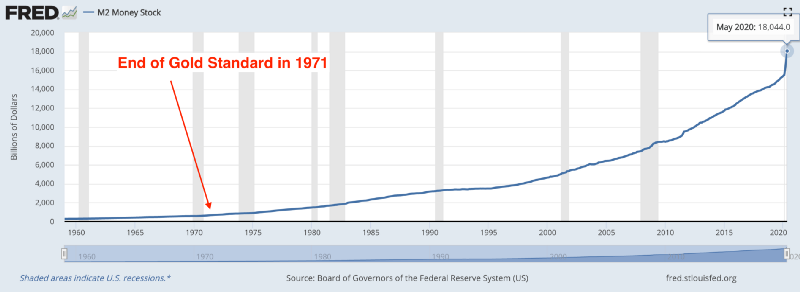
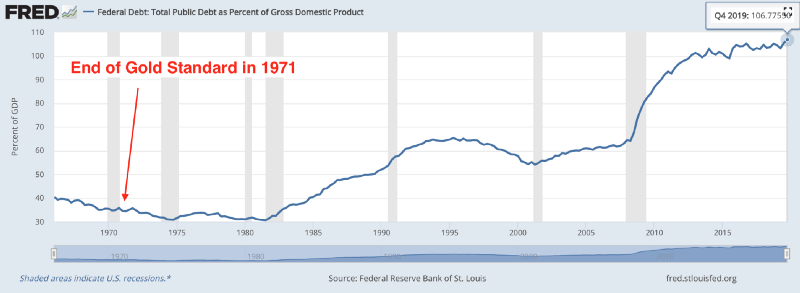
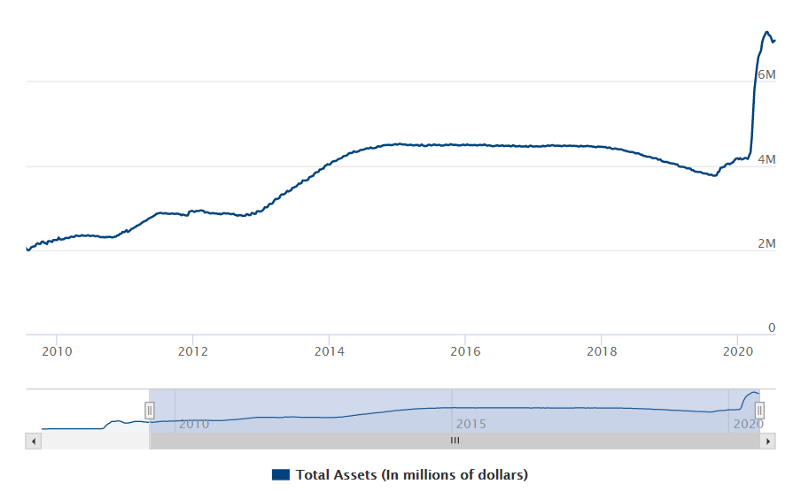
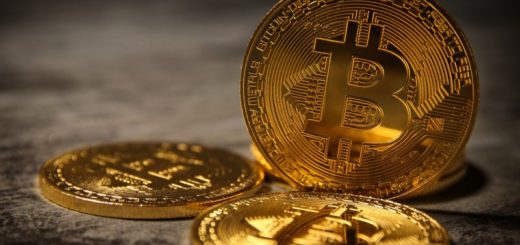

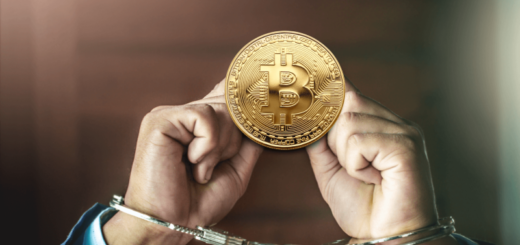
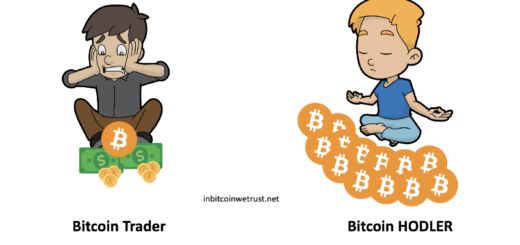
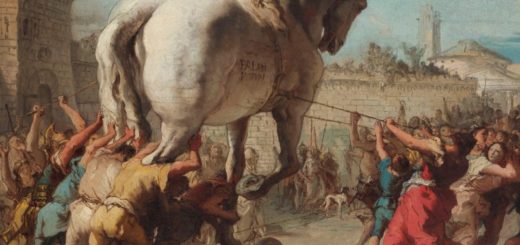

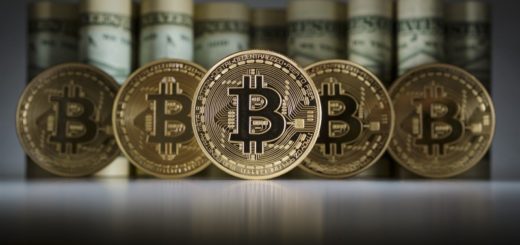
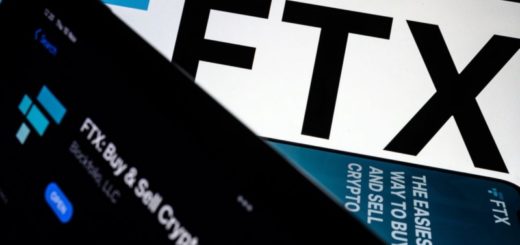
3 Responses
[…] This economic crisis will have highlighted more than ever the flaws of the current monetary and financial system. This system is suffering from seven deadly sins that will lead to its collapse. […]
[…] The Seven Deadly Sins of the Current Monetary and Financial System That Will Cause Its Collapse […]
[…] crisis has highlighted the many flaws in the current monetary and financial system that will lead to its downfall. The ugly truth became apparent to most people […]